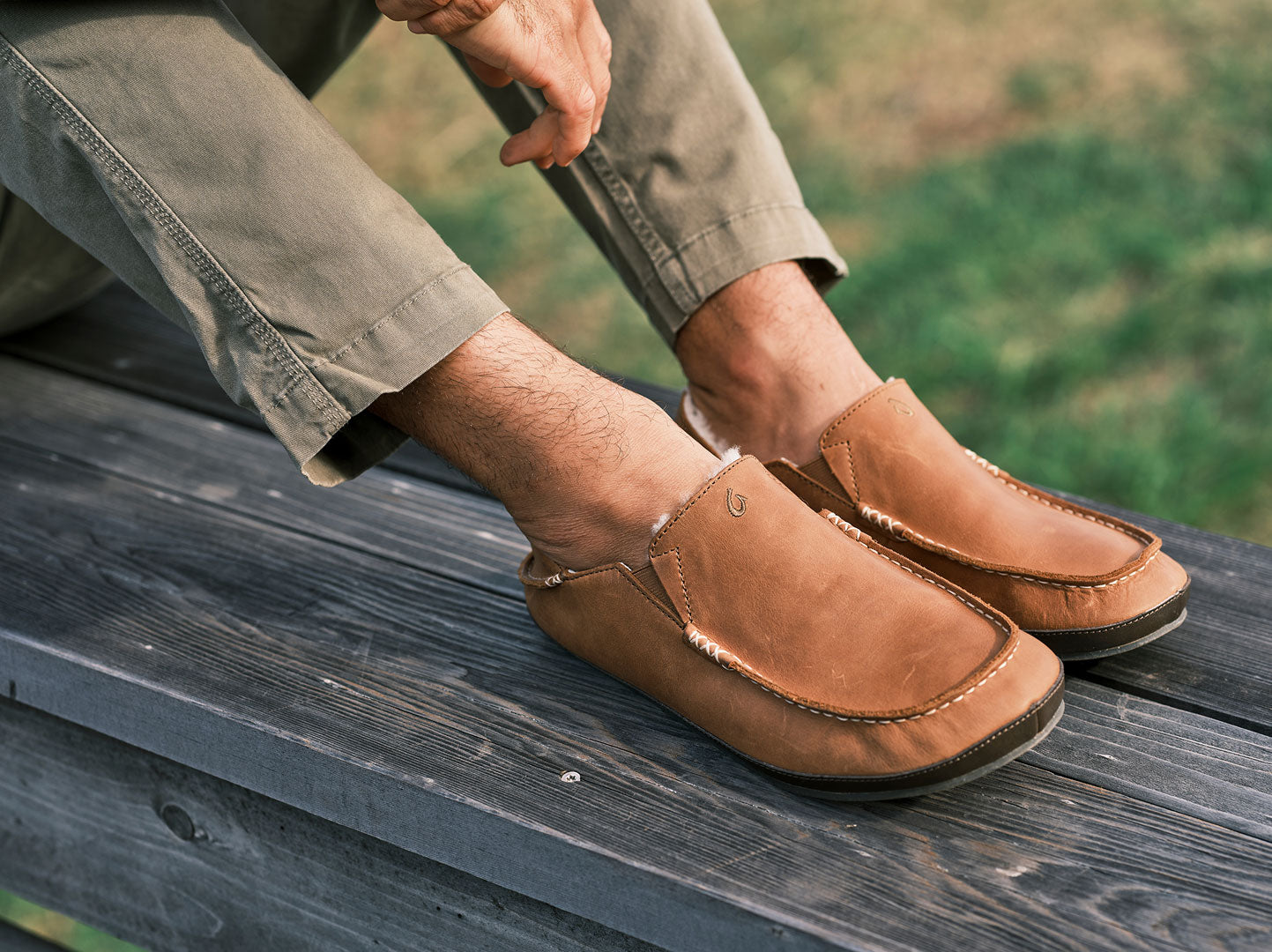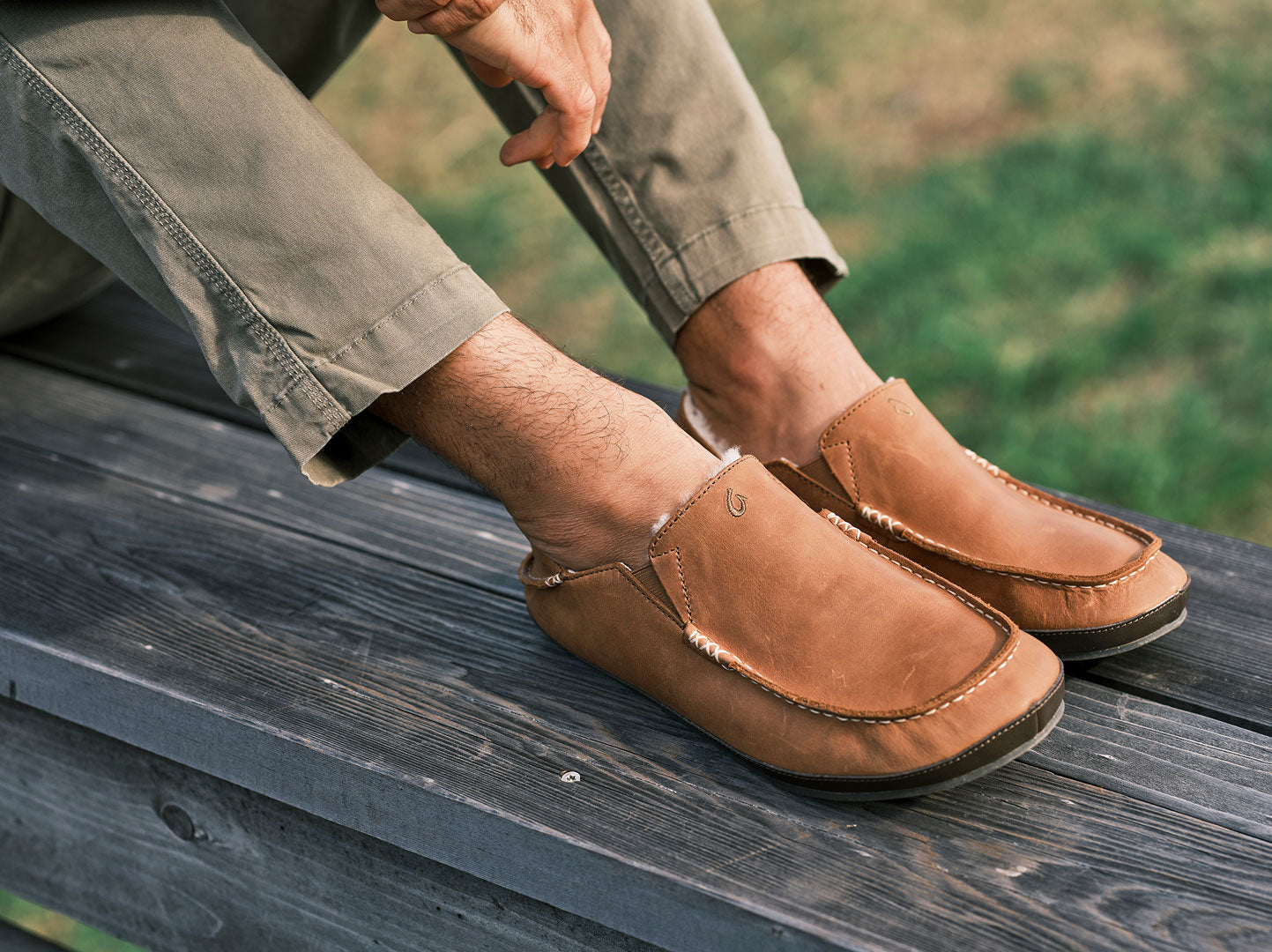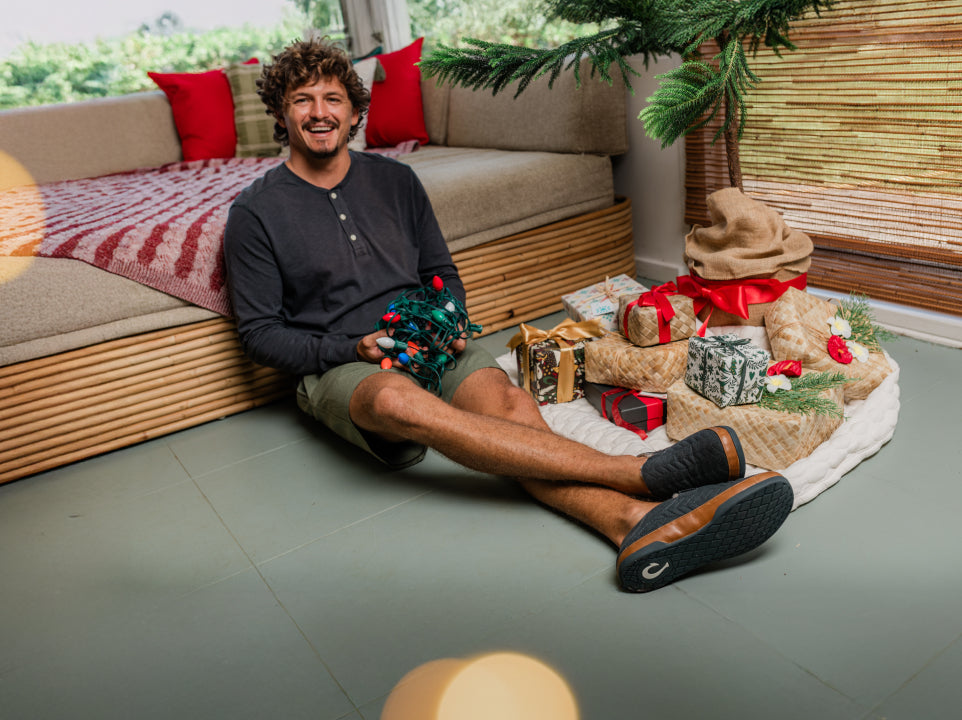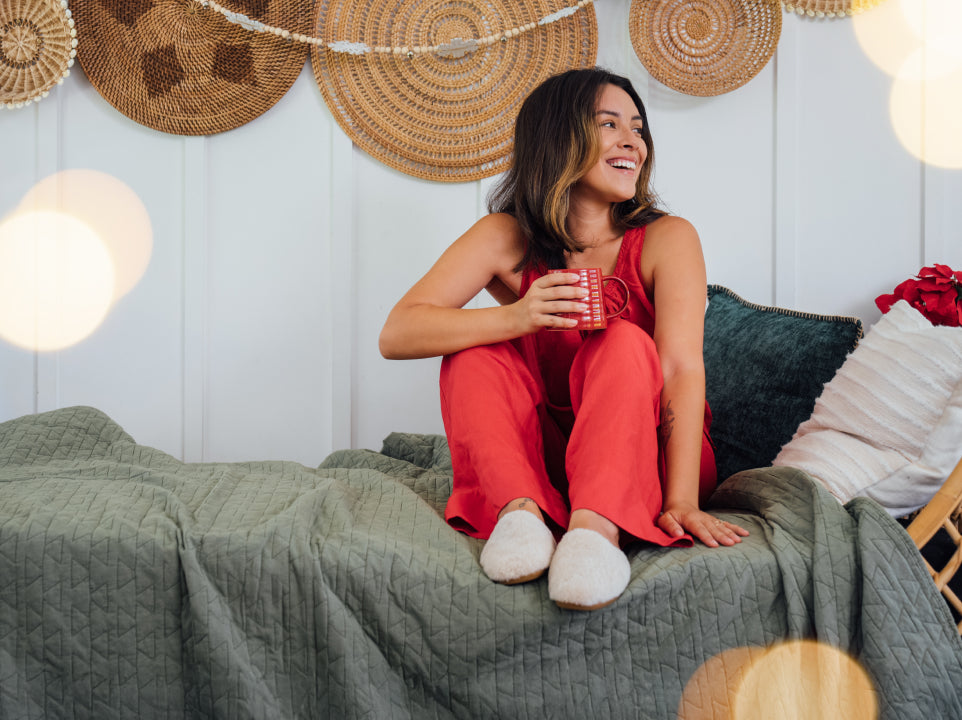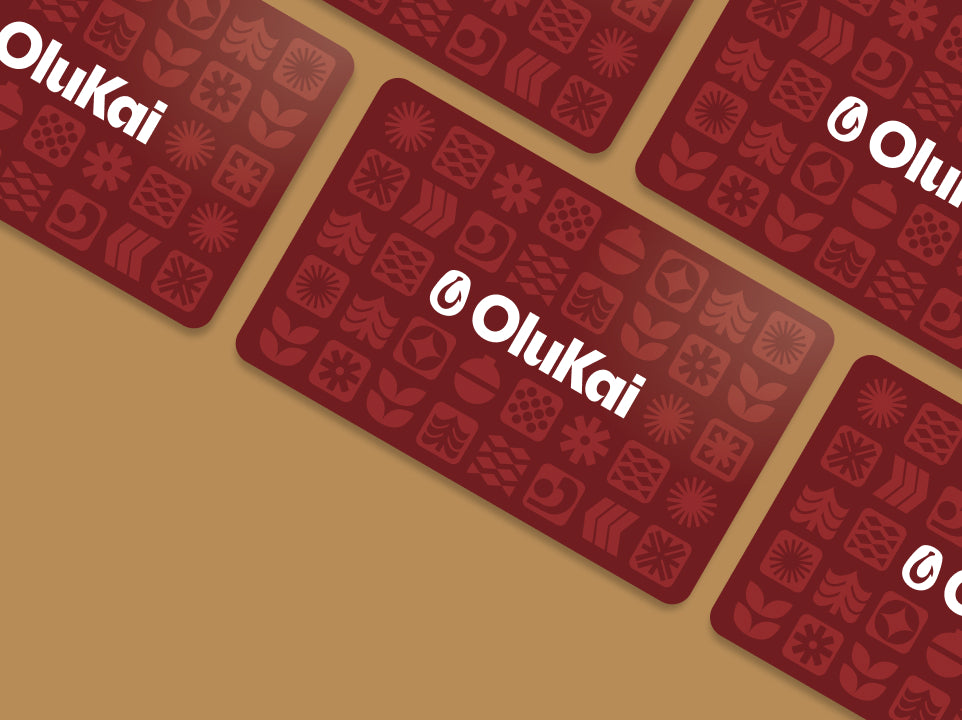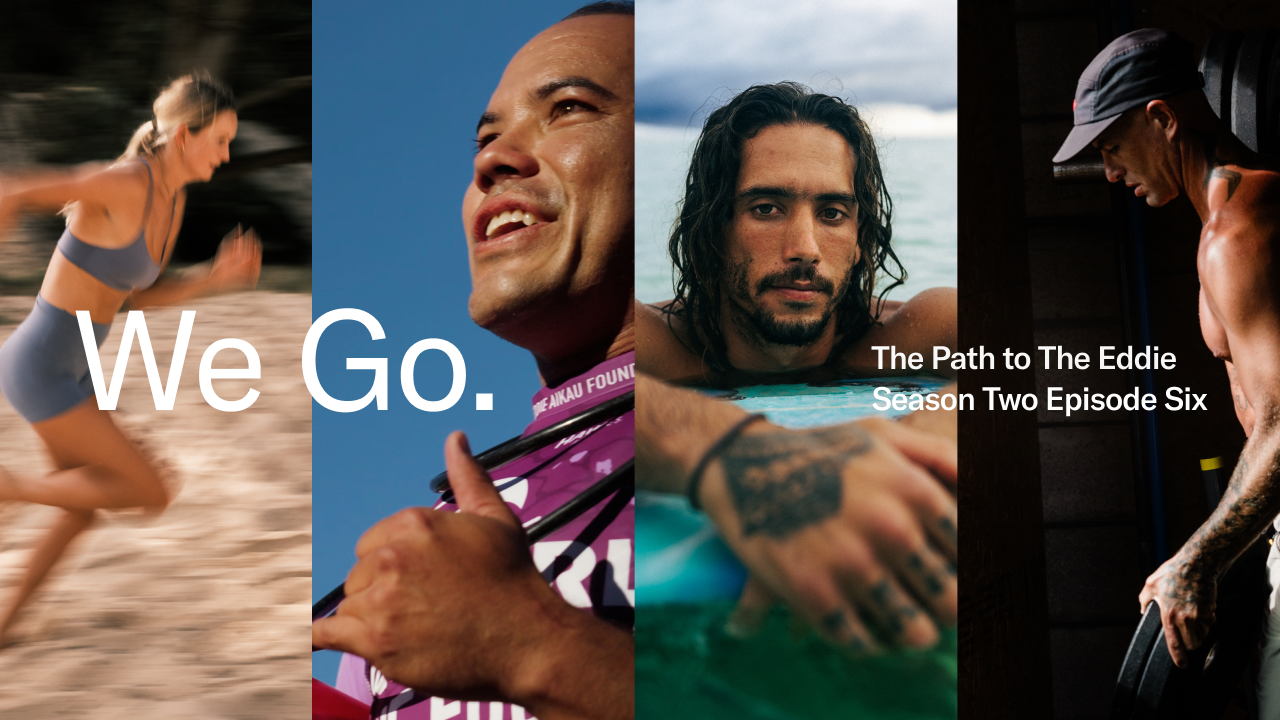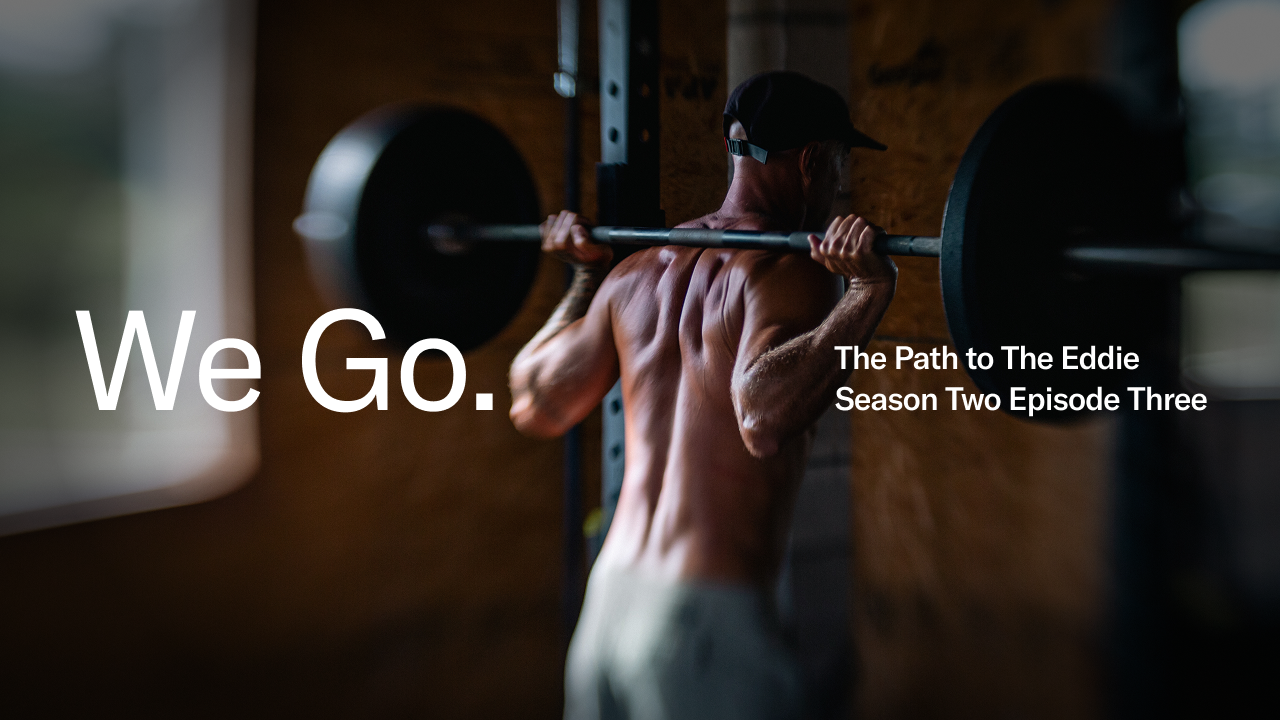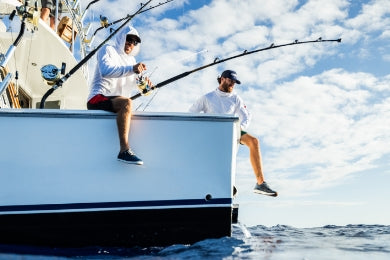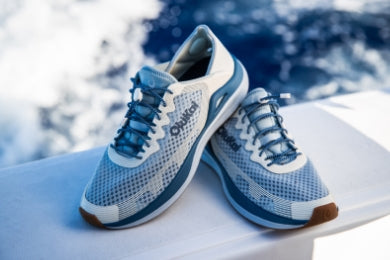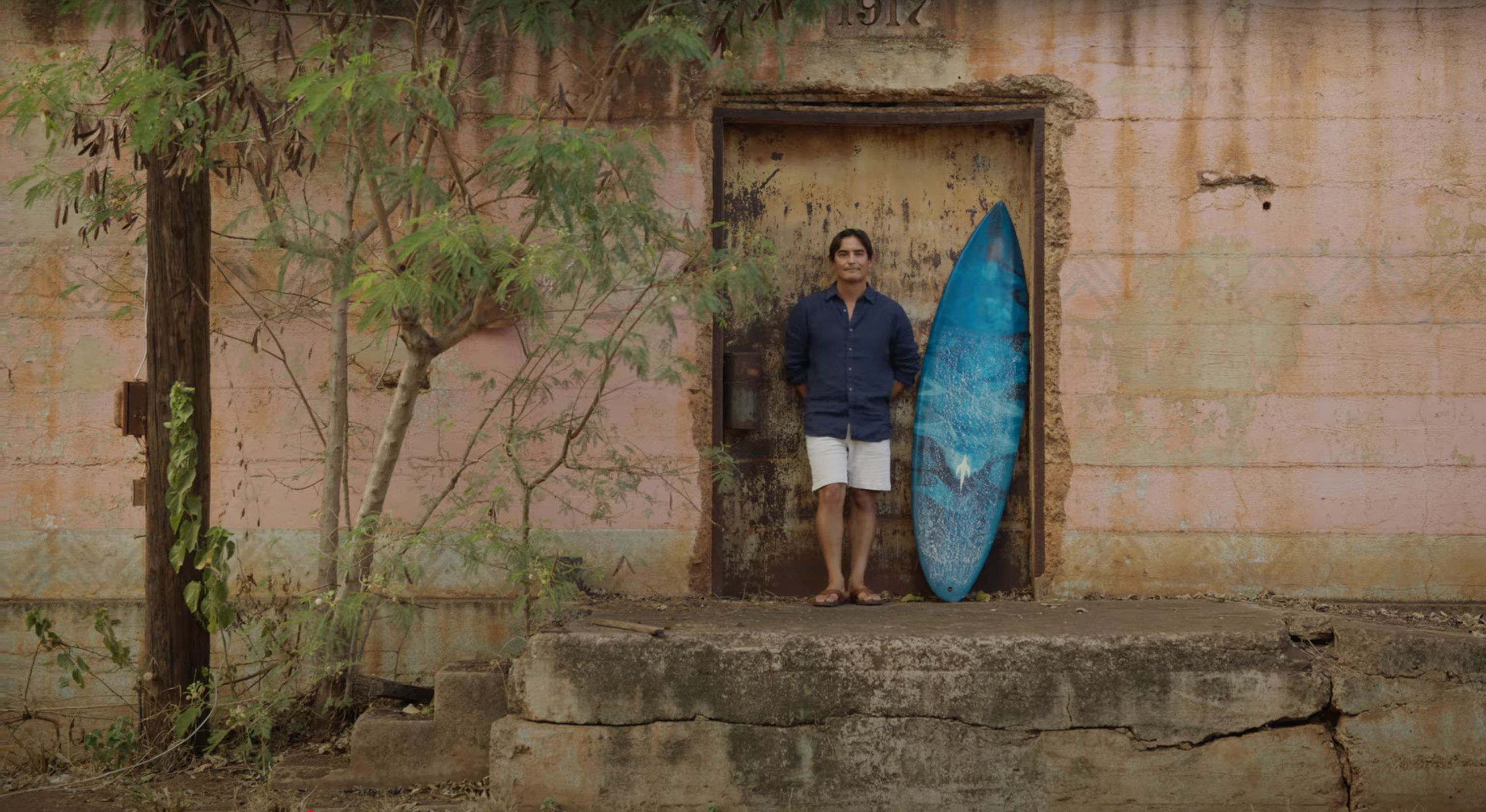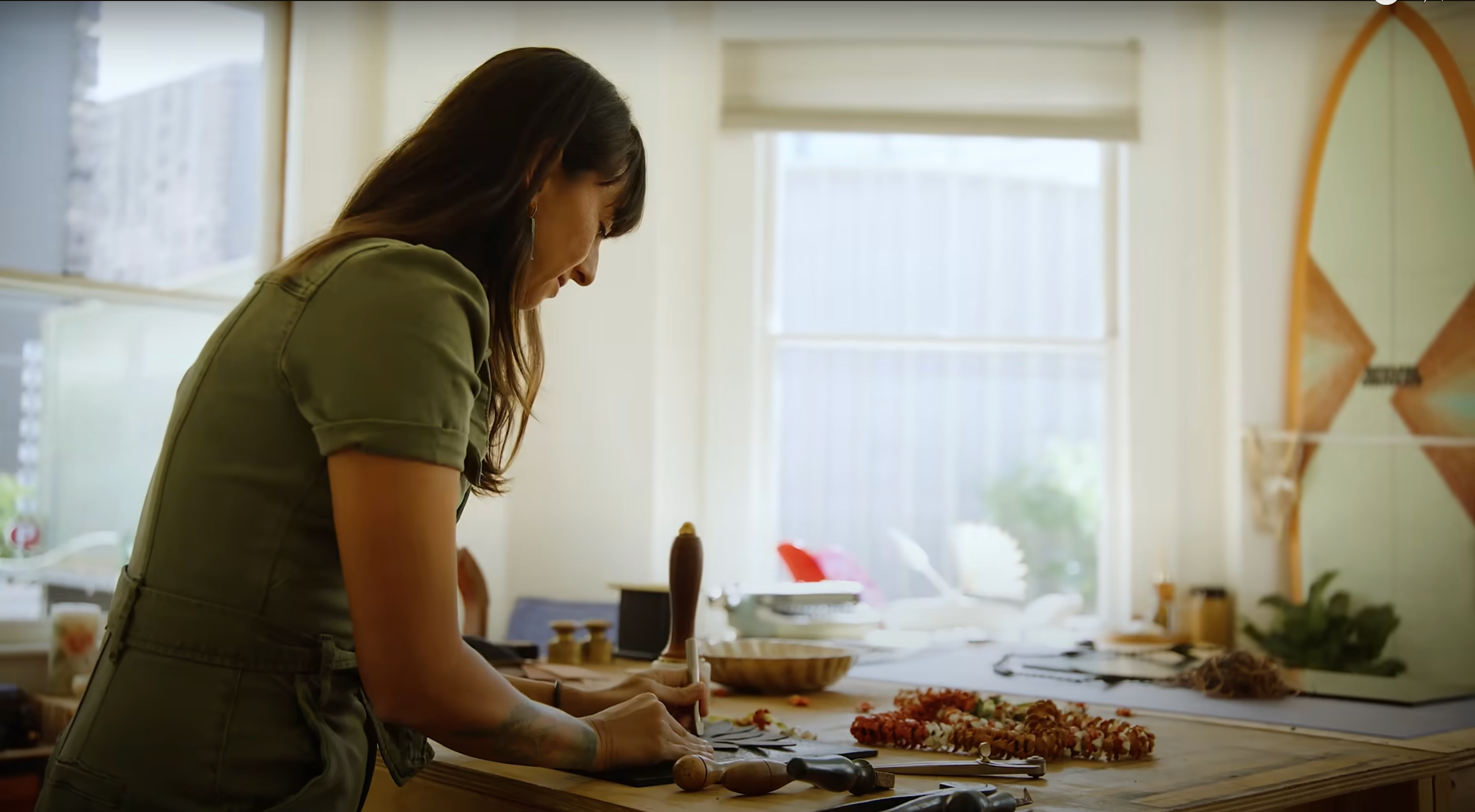What To Look For In a Leather Boot
Despite being known worldwide for its leather sandals, OluKai has also made a name for itself in leather boots. Taking the comfort of a leather sandal and creating a leather boot that is just as stylish was no easy feat, but it's what we do here. Here’s a quick rundown of what to look for in a leather boot. Material Remember, nubuck leather is the top of the hide, while suede is the bottom layer of the hide, which is softer but less durable. Today's leather boots almost always utilize a combination of natural and synthetic materials to optimize performance. Construction Often the best form of construction to connect the leather upper to the sole of the boot is stitch down construction, also called Norwegian Welt or sometimes Goodyear construction. Stitch down is not only durable and traditional, but it allows the boots to be resoled. Those who wear their boots hard and want them to last a very long time will want to look for stitch down construction. Midsole The midsole is a layer of synthetic or natural material that attaches the upper to the sole and provides rigidity to the boot. Metal, synthetic or plastic shanks are layered into the sole, either stitched or tacked, or glued in place, essentially to support the foot and the bottom of the leather boot. If not stitched, the midsole will be glued to the upper, such as in the construction of athletic footwear. Midsoles are commonly made from PU (polyurethane), which is very durable and packs out less than EVA (Ethyl Vinyl Acetate), also common in athletic footwear like running shoes. However, PU is not soft and squishy like EVA, especially in its injected form. Compression-molded EVA is more durable, and appropriate in some cases for hiking and light backpacking, depending on a person’s preferences and priorities. Another method of connecting the upper to the sole is direct injection of a midsole, being squirted onto the upper using PU (polyurethane). If comfort is what you’re looking for, try on a variety of OluKai models at your local retailer before buying. Check collar heights to make sure there is no rubbing from the top of the collar. Think about what your end use for the boots really is. Insole Look for a high quality insole. Olukai boots all come with a high-quality insole. And remember, an aftermarket insole can change the performance, fit and volume of the boot and potentially raise the foot out of the heel pocket. Outsole The outsole of a leather boot is the rubber bottom that provides grip, friction, traction, and protection. It will be constructed with a varity of thicknesses and surface structures. Lining The inner boot lining may be made of leather, fabrics or a combination of materials including synthetic, highly breathable fabric. This insole lining is referred to as the sock. Fit When trying on boots, be sure to leave ample room at the toes. When fitting leather boots, wear the socks you will wear with the boots. Do not buy a boot that is too long. An improperly large leather boot can put the flex point of the foot behind the flex point of the boot. This can result in strained tendons and other foot problems such as plantar fasciitis, because the foot is unable to leverage the boot. Care Keep leather boots clean by immediately removing mud, dirt and debris from the boots, especially from the uppers. Caked mud can strip oil from the outsole and leather, which shortens the performance and lifespan of the boots. Treat Norwegian welted boots (stitch down construction) with Sno-seal or mink oil. Treat glued or injection molded boots with Nikwax. Natural oils can affect the glue of injection molded EVA and PU midsoles and can cause EVA midsoles to peel. Retreat leather boots once a season by conditioning the leather and then applying a fresh DWR treatment. Conditioning the leather will also make breaking in leather boots easier.
